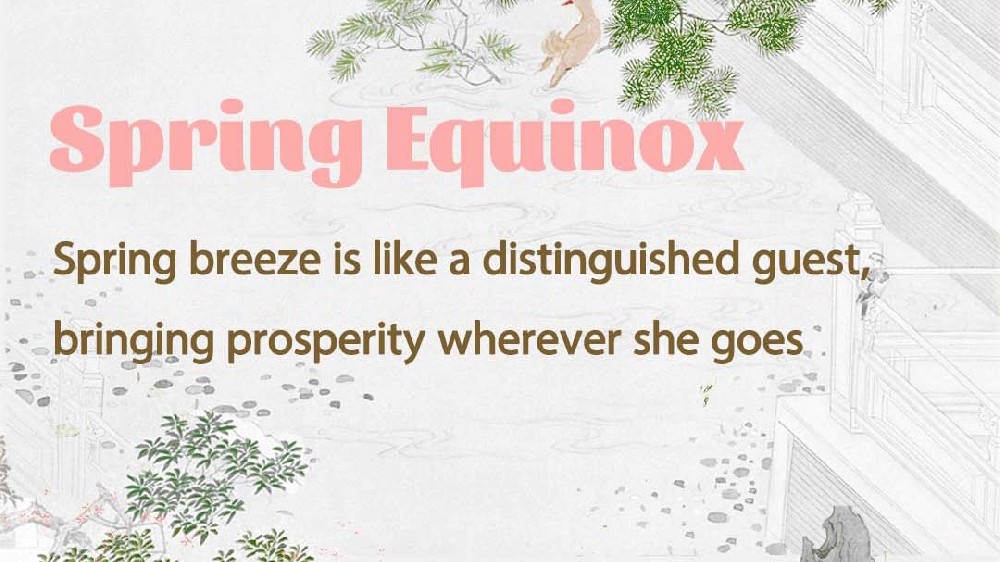
The Merchant-mandarins: How China’s Huizhou Traders Built an Empire of Silk, Salt, and Scholarship
The Tea-scented Ledgers of Cheng Brothers
In 12th-century Qimen County, two brothers kept account books that smelled faintly of pine resin and Huoshan yellow tea. Cheng Chengjin and Cheng Chenghai(程承津和程承海)—later immortalized as Lord Ten Million and Second Lord Ten Million—would become legends not just for amassing fortunes from timber and porcelain but for funding the construction of 17 clan academies. Their story, preserved in the Anhui Provincial Archives, encapsulates the paradox of China’s most literate merchant class: men who calculated abacus beads with one hand and annotated Confucian classics with the other.

From Bamboo Groves to Global Trade Routes
Long before Marco Polo’s travels, Huizhou merchants (collectively called Huibang) had turned geography into destiny. Hemmed by the Huangshan mountains’ "70% mountains, 20% water, 10% farmland," as Ming poet Wang Daokun(汪道昆) lamented, these sons of a ink-brush landscape forged waterborne highways. The Xin’an River became their liquid Silk Road—a 242-mile artery connecting Huangshan’s tea plantations to Hangzhou’s Grand Canal. By 1593, Spanish friar Juan Cobo documented in Memorias de la China how Huizhou tea crates bearing peculiar "six-cornered stamps" flooded Manila’s markets, later transshipped to Acapulco on Manila galleons.
The Scholar’s Balance Sheet
At the heart of Huizhou's success lay a cultural alchemy—the ru-shang (scholar-merchant) ethos. The 1577 Xidi Village Annals records a telling clan maxim carved onto ancestral halls: "Scholarship refines the soul, commerce sustains the body; together they honor heaven and ancestors" (学以致用,商以养身,二者合而尊天祖). This wasn’t mere rhetoric. When Zhu Xi(朱熹)—China’s answer to Thomas Aquinas—required funds to rebuild Bailudong Academy in 1181, it was his merchant grandfather Zhu Que ("Half-city Zhu") who provided silver ingots wrapped in Song-dynasty banknotes.
Architecture as Frozen Capital
The villages of Hongcun and Xidi, now UNESCO sites, stand as petrified balance sheets. After the 1550 salt trade boom, returned merchants commissioned Hui-style compounds blending Hangzhou elegance with practical innovations: horse-head gables to prevent fire spread and carved window lattices filtering opium smoke. Jesuit painter Matteo Ricci, visiting in 1598, sketched the "white-walled chessboards" in letters, marveling at how "even fish ponds are shaped like half-moons to gather scholarly energy."
Crisis and Reinvention
The Taiping Rebellion (1851-1864) shattered Huizhou’s tea routes but not its DNA. Zhan Tianyou, the Yale-educated Father of China’s Railways, descended from a Hui merchant family. His 1905-1909 Jingzhang Railway project applied ancestral logistics wisdom: using local limestone instead of imported cement, as recorded in Engineering Chronicles of Late Qing. Similarly, philosopher Hu Shi’s 1930s rural reforms echoed his forebears’ community granary systems.
The Neo-Confucian Startups
Modern Hangzhou’s tech billionaires might recognize a kindred spirit in the Cheng brothers’ legacy. Alibaba’s "Six Vein Spirit Sword" management philosophy(六脉神剑管理理论)—balancing profit with societal good—uncannily mirrors the Hui motto "Sanfen zhuyi" (30% charity, 70% reinvestment) found in 18th-century pawnshop ledgers. Meanwhile, Huangshan’s boutique tea brands like Xieyuda (est. 1725) now ship organic Keemun black tea to Fortnum & Mason, using blockchain for authenticity—a digital twist on ancestral anti-counterfeit seals.
